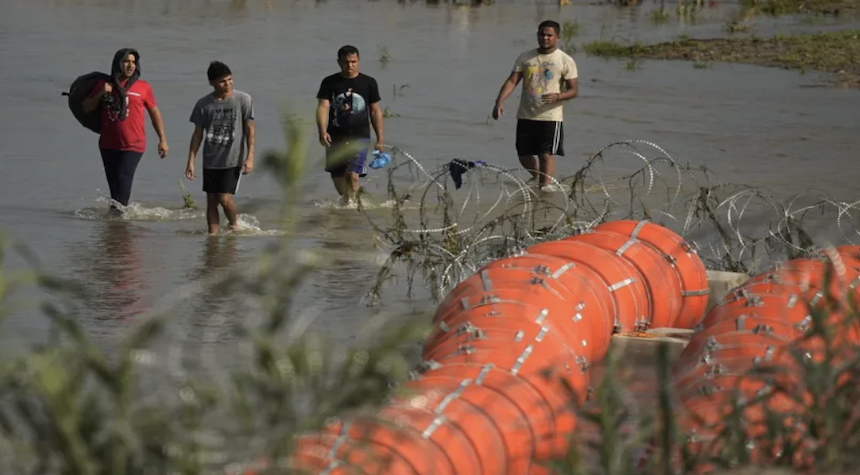The Department of Homeland Security has announced a significant development in border security measures along the U.S.-Mexico border. According to reliable sources, Secretary Kristi Noem has authorized the construction of 17 miles of waterborne barriers in the Rio Grande River.
The decision comes as part of the current administration’s efforts to address what they describe as a “capability gap” in border security. Customs and Border Protection officials report that these barriers are intended to combat drug smuggling, human trafficking, and other illegal activities occurring in the waterways along the Southwest border.

This move follows a similar action by Texas Governor Greg Abbott, which resulted in legal challenges from the previous administration. The current decision bypasses certain environmental assessment requirements, raising questions about potential ecological impacts.
Proponents argue that these barriers will enhance border security and protect law enforcement personnel. Critics, however, express concerns about humanitarian and environmental consequences.
This may have far-reaching implications for border policy, environmental regulations, and U.S.-Mexico relations. As the situation unfolds, it will be crucial to monitor the implementation and effects of these new measures.


